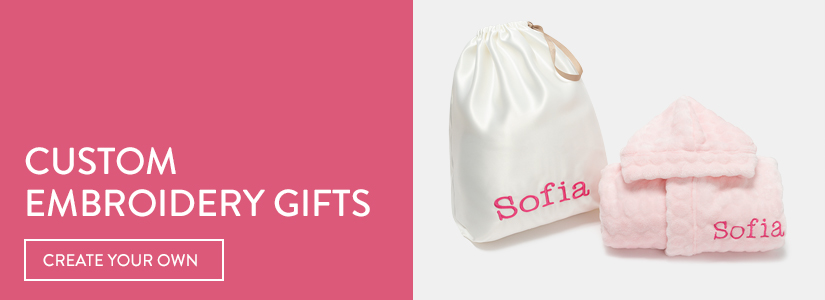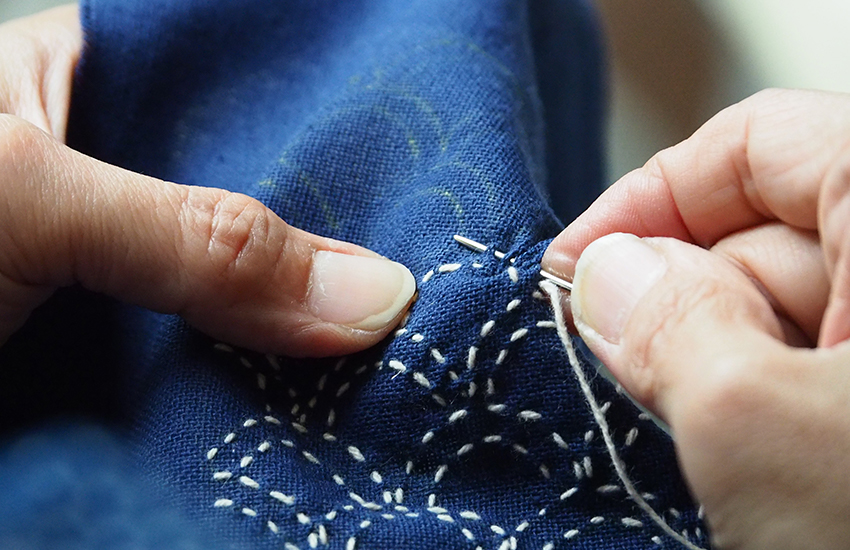Embroidery is an art form where the fabric or alternative materials are decorated using needle and thread (or yarn). There are multiple different types of hand embroidery stitches that are used when embroidering art onto a chosen fabric. Here is a list of 8 different types of embroidery stitches you need to know.
1. Backstitch
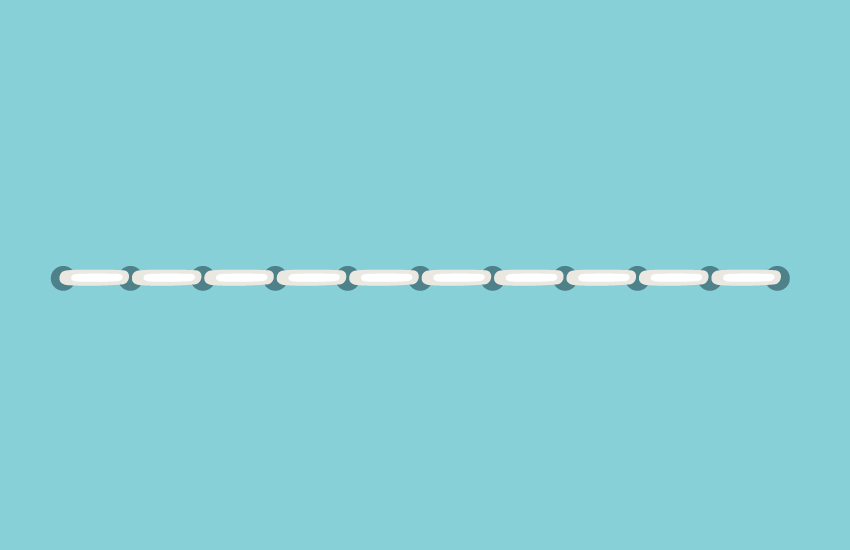
A backstitch is one of the easiest stitches to master. It’s primarily used for outlining as it creates a beautiful solid line. This stitch is created when the needle is pulled up and through the fabric creating a stitch forward, then from underneath you space the needle out the desired length, pull up through, and bring the needle back through the end of the previous stitch.
2. Split Stitch
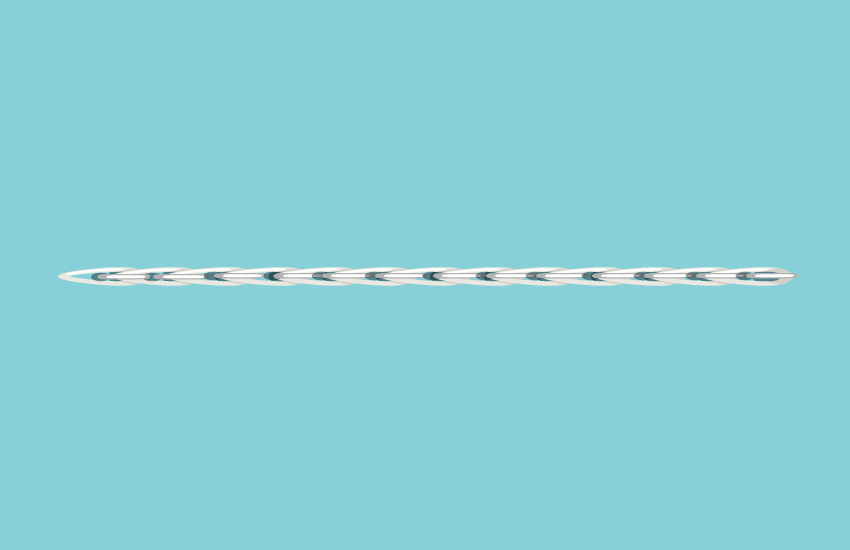
A split stitch is similar to a backstitch as it is a solid line, however, it has an almost braided texture. Another option that is popular for texts and outlines, while also working well for filling in designs. This stitch is created when the needle is pulled through the fabric and one straight stitch is created. With the needle and thread on the underside, the thread is brought up through the center of the stitch just created. It is then stitched forward the same length as the initial stitch.
3. Stem Stitch
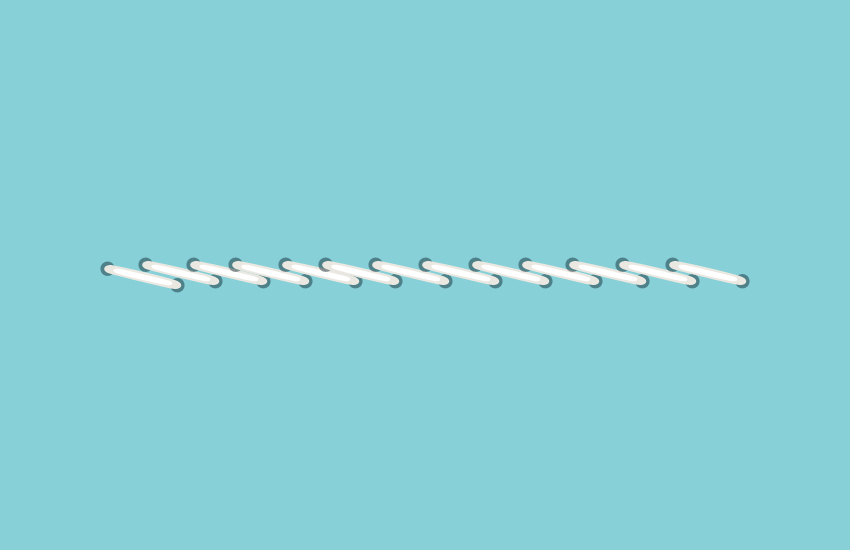
This stitch is popular when creating flower stems and vines. It is a beautiful option when creating designs that have curves. Like the split stitch, start by creating a straight stitch forward. Then bring the needle up underneath the fabric, but instead of threading it through the centre of the first stitch, go to the side of the stitch.
4. Satin Stitch
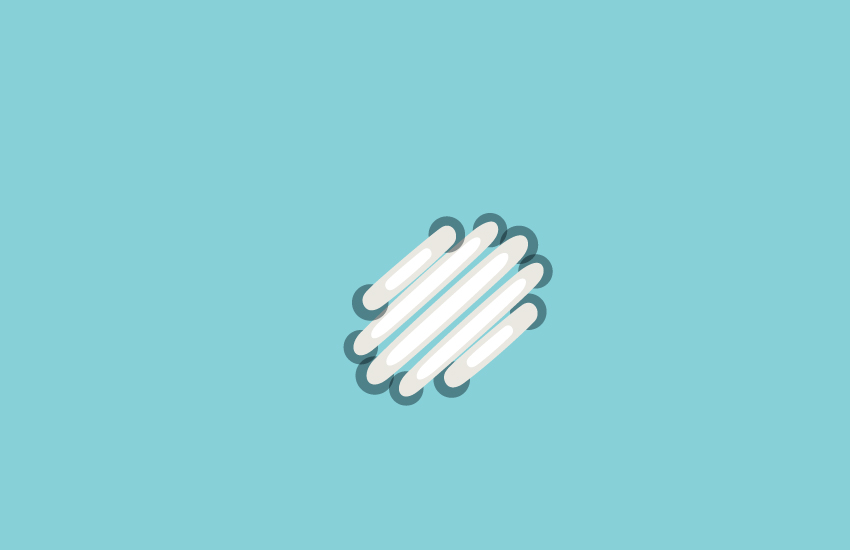
When filling in the design and wanting to create a smooth appearance, this is the perfect stitch out of all the different types of embroidery stitches. With the needle, create one stitch that extends from one end of the chosen shape to the other. Then the needle is brought up again just next to the opposite side of the initial stitch. The stitches are kept close to one another in order to fill the pattern seamlessly.
5. Running Stitch
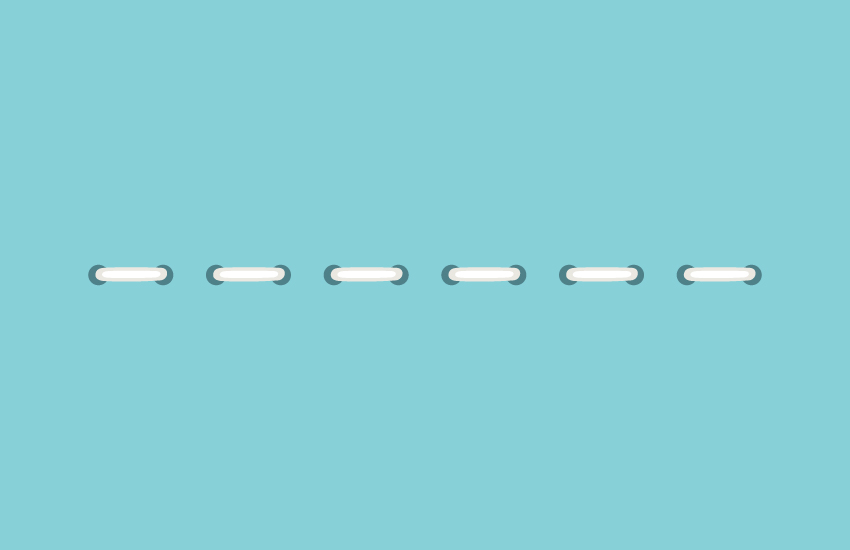
A running stitch is a simple stitch that is perfect for making dashed outlines as well as small details. The length and spacing of these stitches can be adjusted as required. The needle is brought through the fabric and a single straight stitch is created. Then a gap is made and the needle is brought back through the fabric again to create a separate stitch. This stitch is along the same line but they are not attached.
6. French Knots
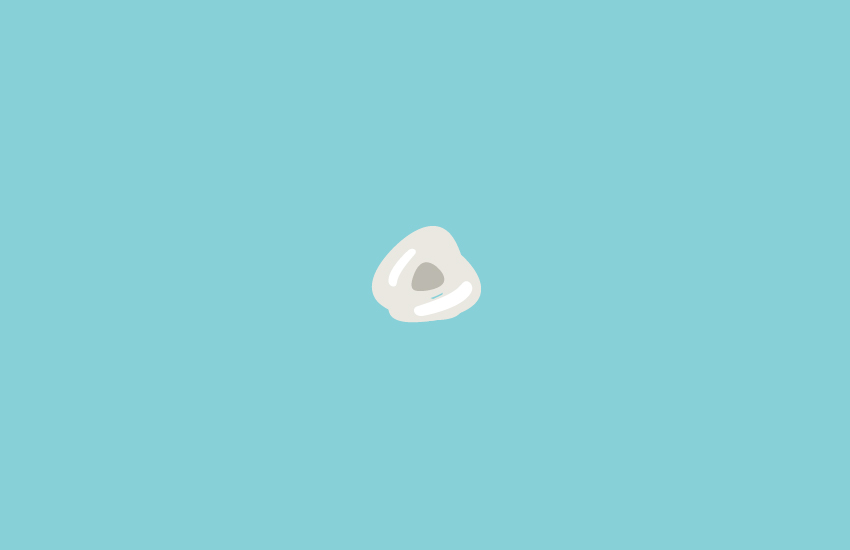
Out of all the different types of embroidery stitches, the French knots is one of the more intricate stitches. This creates a pretty accent design throughout. With the thread held taught at one end, bring the needle down next to the space where it came through the fabric. You must ensure that the thread is taut as the needle is pulled through. The size can be varied by wrapping the floss around the needle anywhere between one to three times.
7. Chain Stitch
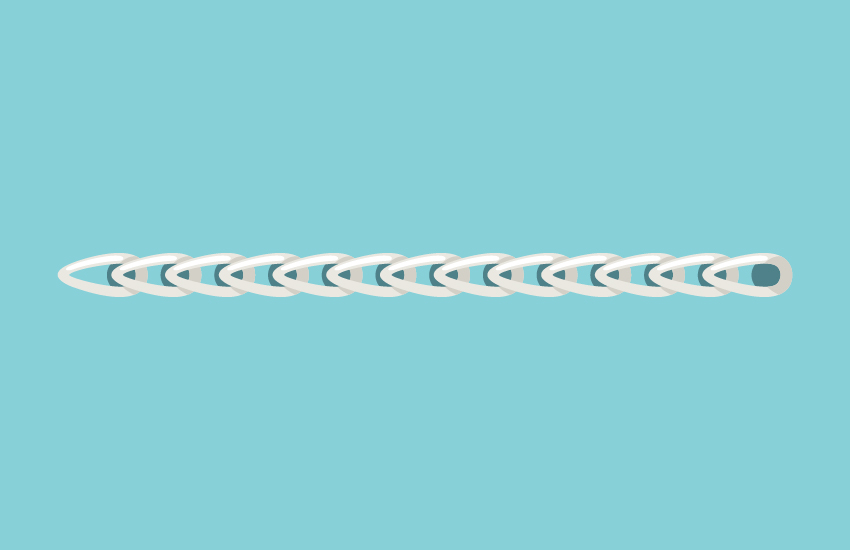
The chain stitch is one of the most complicated stitches and is great for outlining as well as framing around a specific pattern or design. First, the needle is pulled through the fabric then brought down beside where it was first brought up. It is important that the thread is not pulled all the way through so that a loop can be formed. Then the needle needs to be brought through that loop and pulled. In order to continue the stitch, the needle should be placed in the hole just stitched or very close to it, then simply pull through to create an additional loop. This process is repeated to continue the chain.
8. Feather Stitch
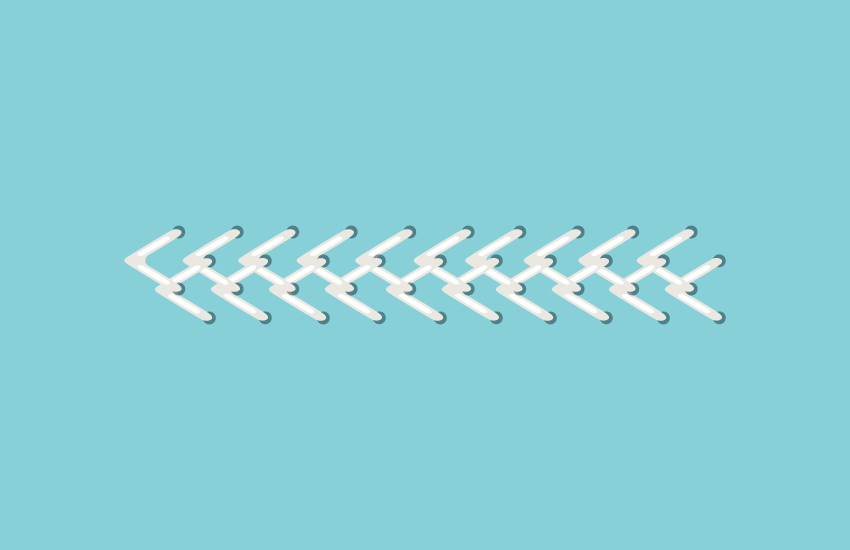
The feather stitch is ideal for when you want to cover a larger surface area. Simply bring the needle through the fabric and create a straight stitch, making sure not to pull the thread all the way through, allowing a loop to form. Bring the needle up through this loop. Then make sure to space the next stitch over in the opposite direction from the previous stitch. Create another loop by not bringing the thread all the way through, pull the needle through and repeat on the opposite side.
Bonus Stitch – Tatami Stitch
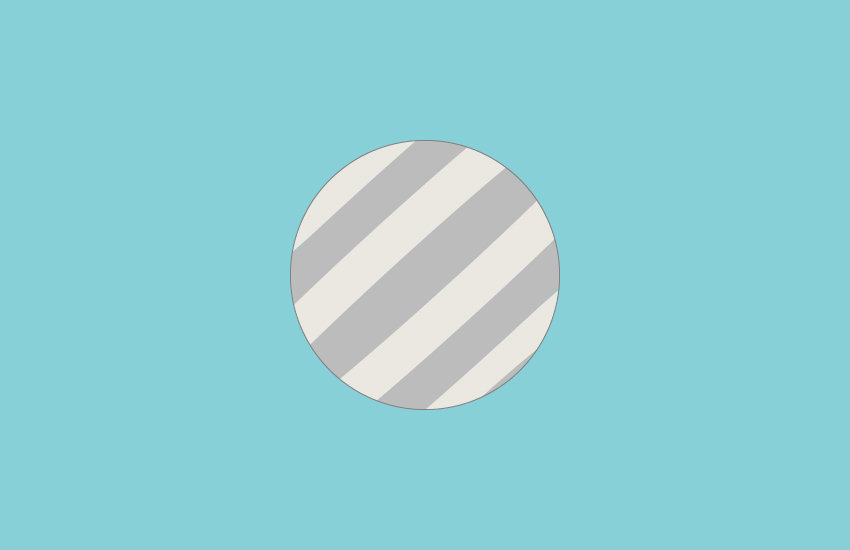
A stitch we are particularly fond of is the beautiful tatami stitch. A tatami stitch is similar to a satin stitch and is preferable as the chances of the embroidery getting snagged are decreased. It simply consists of rows of run stitches and is perfect for filling large shapes. So when an object is larger than 1 cm, the tatami stitch is the right option to choose.
Beautiful Embroidery At Bags of Love
Our advanced embroidery machines mean we can create equally breathtaking results in a fifth of the time it takes to hand stitch a simple design.
We use both satin and tatami stitches to create our beautifully embroidered products. These are popular machine embroidery stitches types. Using the latest equipment and our team of embroidery experts, we guarantee high-quality products every time.
At Bags of Love, you can choose from our range of bespoke embroidery gifts. So, appreciate the intricate art of embroidery up close and personal. With a variety of products to choose from, we have the perfect embroidered gift for everyone. Quick and easy, achieving the same wonderful results as hand embroidery without the time-consuming commitment. So, head to Bags of Love to discover our bespoke range today.
